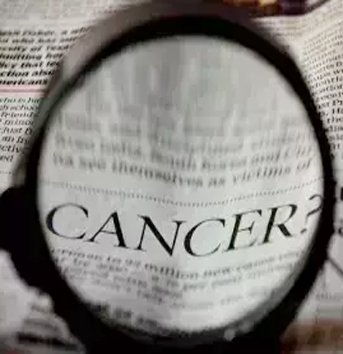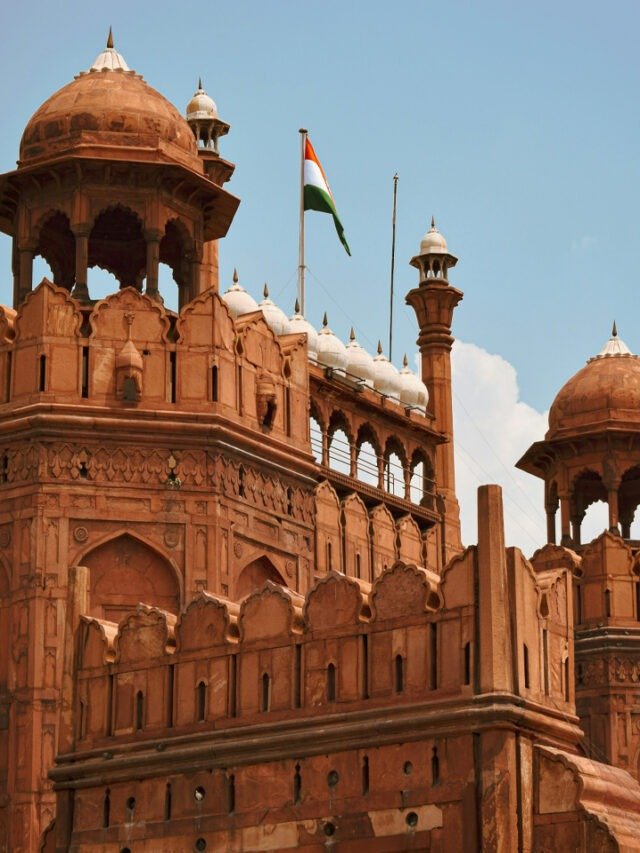NEW DELHI, March 24: Tamil Nadu, Telangana, Karnataka and Delhi had a higher burden of breast cancer than eastern and northeastern states, according to an ICMR study that also projected a “substantial rise” in the disease burden in India by 2025.
The study, published earlier this month, focused on India’s breast cancer burden at the state level from 2012 to 2016 in terms of years of life lost (YLLs), years lived with disability (YLDs), and disability-adjusted life years (DALYs), and to project the burden for 2025.
The burden of breast cancer among Indian women in 2016 was estimated to be at 515.4 DALYs per 1,00,000 women after age standardisation.
The burden metrics at the state level exhibited substantial heterogeneity.
“Tamil Nadu, Telangana, Karnataka and Delhi had a higher burden of breast cancer than states in the eastern and northeastern regions. The projection for 2025 indicates a substantial increase, reaching 5.6 million DALYs,” the Indian Council of Medical Research (ICMR) study said.
DALYs are a measure of overall disease burden, expressed as the number of years lost due to ill-health, disability or early death.
Rural women are less likely to develop breast cancer than their urban counterparts and age-standardised incidence rates are higher in urban and metro areas, with Hyderabad, Chennai, Bengaluru and Delhi topping the list among Indian cities.
According to the projections, the burden of female breast cancer in India in 2025 is expected to be 5.6 million DALYs. Premature deaths due to breast cancer (YLLs) would contribute 5.3 million DALYs to the total burden, with the remaining due to disability (YLDs).
This study examined the state-wise burden of female breast cancer in India in 2016 using data from 28 population-based cancer registries across the country under the National Cancer Registry Programme (NCRP).
In 2018, age-standardised breast cancer incidence among women in south central Asia was 25.9 per 1,00,000 women, according to a Global Cancer Observatory (GLOBOCAN) study.
According to a Global Burden of Diseases (GBD) study, the age-standardised breast cancer rate in south central Asia in 2016 was 21.6 per 1,00,000 women. These studies estimated the national and sub-national burdens using a wide range of data sources.
“However, our study only used data from population-based cancer registries under NCRP, which are mainly in urban areas. Rural women are less likely to develop breast cancer than their urban counterparts and age-standardised incidence rates are higher in urban and metro areas, with Hyderabad, Chennai, Bengaluru and Delhi as the leading Indian cities,” the researchers said.
Urban factors such as a sedentary lifestyle, high obesity rates, delayed age of marriage and childbirth and minimal breastfeeding have been attributed to a higher burden of breast cancer in urban areas.
“This is supported by our study’s findings, which indicate that urban registries such as Chennai, Bengaluru and Delhi had higher incidence rates than rural registries,” the researchers said.
Socioeconomic factors significantly shape the cancer burden, affecting access to health care, preventive measures and treatment outcomes.
Individuals with lower socioeconomic status encounter barriers to timely and quality health care, leading to delayed cancer detection, compounded by limited resources and health literacy, the study highlighted.
Occupational exposures and financial strain heighten cancer risks and impact treatment accessibility while geographical and psychosocial disparities further complicate the issue.
Research priorities may also inadvertently overlook cancers prevalent in lower socioeconomic groups.
Recognising and addressing these disparities is crucial for equitable cancer control, ensuring universal access to prevention, early detection and treatment, the study said.
“In India, the correlation between cancer prevalence and socioeconomic inequalities is evident, emphasising the need to reevaluate resource allocation and enhance access to health care and social support systems,” it said.
The increasing incidence of breast cancer in India underscores the urgent need for comprehensive awareness campaigns and screening programmes, it emphasised.
A significant concern is that a majority of women diagnosed with breast cancer in the country present with advanced stages or metastatic disease, suggesting a lack of awareness.
“India faces remarkably low rates of breast cancer screening, encompassing self-breast examination and mammography,” the study said. (PTI)












